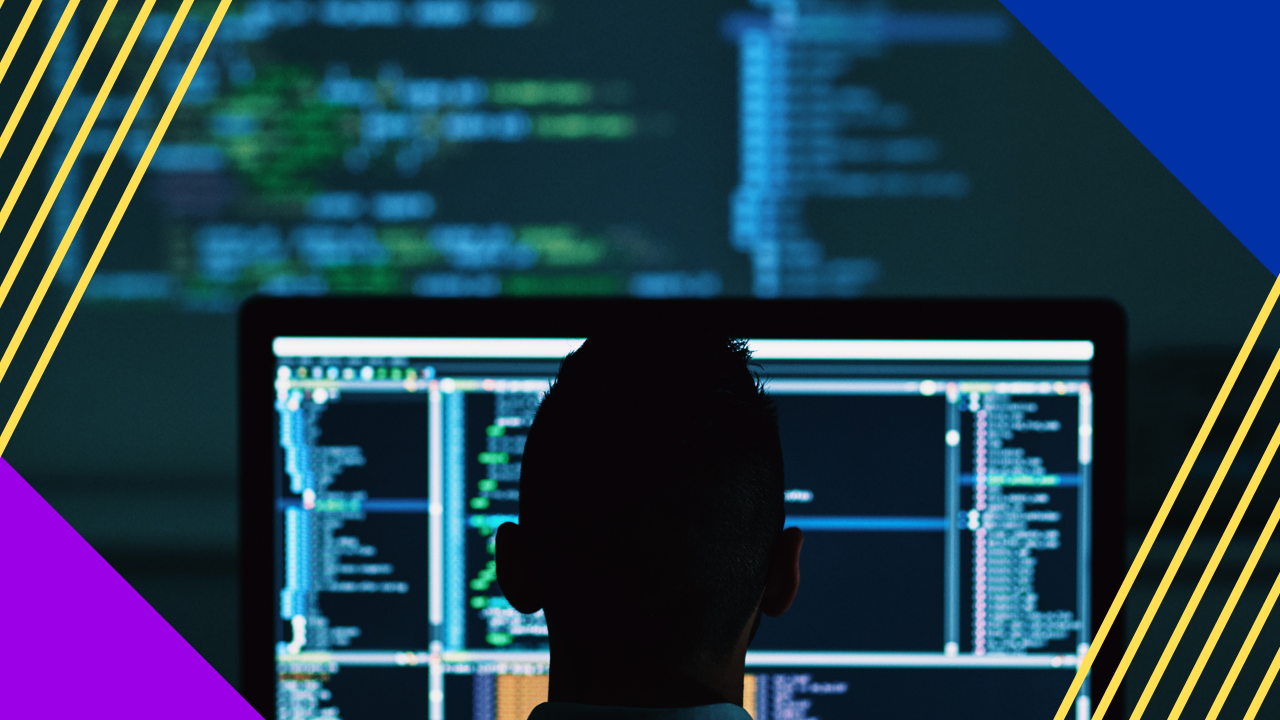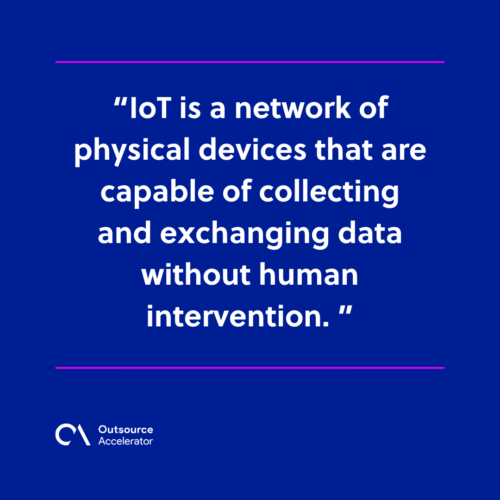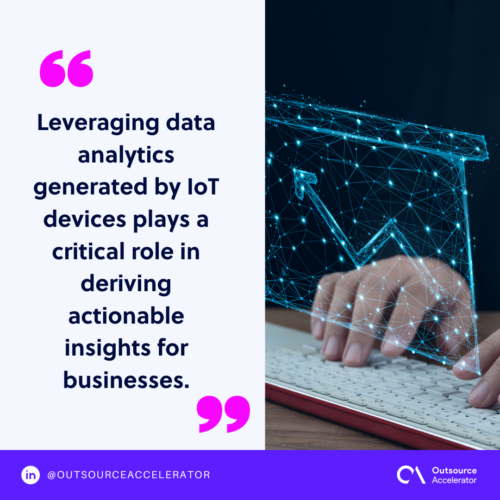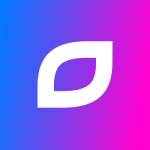The basics of IoT software development

Have you ever wondered about the technology behind smart devices and interconnected systems that make our lives easier? The world of IoT (Internet of Things) software development plays a big role in bringing these innovations to reality.
From smart home devices to complex industrial solutions, IoT software development is the backbone that enables communication and automation in this tech ecosystem.
But what exactly is IoT software development, and how does it allow this connectivity?
This article will explore the basics of IoT software development, including its key components and best practices.
Are you seeking to augment your IoT software development teams? Itransition has got you covered.
What is IoT software development?
IoT software development refers to the process of designing and managing software systems for Internet of Things (IoT) devices.
IoT is a network of physical devices that are capable of collecting and exchanging data without human intervention.
IoT software development creates the necessary infrastructure for these devices to communicate, manage data, and perform tasks.
The software acts as the link between the physical devices and the digital infrastructure. This process plays a critical role in driving connectivity in diverse domains like healthcare, transportation, and industrial automation.

Key components and technologies of IoT software
There are several key components and technologies involved in IoT software development, including:
- IoT devices and platforms – These include the hardware and software components that collect and manage data.
- Communication protocols – IoT devices communicate with each other and backend systems using various protocols.
- Data management systems – IoT generates large amounts of data that require effective storage and analysis for useful insights.
- Edge computing – Edge computing enables data processing and analysis to be done closer to the source of generation rather than in centralized servers, which reduces latency and conserves bandwidth.
- Embedded systems – These are at the heart of IoT devices, providing the necessary hardware and firmware to perform specific functions.
- Cloud computing – Cloud computing provides scalable infrastructure for storing, processing, and analyzing generated data.
- User interfaces – UI design principles are applied to create intuitive interfaces for web and mobile applications, dashboards, and control panels.
- Integration – IoT software development involves integrating with existing enterprise systems and databases to enable data exchange and interoperability.
Best practices for IoT software development
When it comes to IoT software development, there are several best practices that should be followed to ensure successful and optimized deployment.
Some essential best practices include:
Security by design
IoT devices are prone to cybersecurity risks, making security a chief concern in IoT software development.
Implement security measures at every stage of the lifecycle, such as:
- Device provisioning
- Data transmission
- Storage
- Access control
Quality assurance testing
Comprehensive testing is essential at various stages of IoT software development. It’s crucial to conduct tests not just for functionality, but also for security and performance.
This will ensure that the product remains high-quality and free from bugs and errors.
Scalability
IoT solutions should be designed with scalability in mind to accommodate growth and increasing data loads.
Utilize scalable architectures, distributed computing, and edge computing to handle future expansion without needing a complete overhaul.
Data analytics and insights
Leveraging data analytics generated by IoT devices plays a critical role in deriving actionable insights for businesses.
Implementing robust data analytics solutions enables the extraction of valuable information from IoT data collection.
These can include:
- Real-time analytics
- Anomaly detection
- Predictive maintenance
Interoperability and standardization
It’s important to design IoT solutions that adhere to industry standards and support interoperability with other systems.
This ensures seamless integration and communication within the IoT ecosystem.
Some protocols to take note of include:
- Message Queuing Telemetry Transport (MQTT)
- Constrained Application Protocol (CoAP)
- OPC Unified Architecture (OPC UA)

Itransition’s IoT software development services
Itransition is a leading software development company that offers a comprehensive suite of IoT development services. It empowers businesses to leverage the potential of the IoT landscape.
With 25 years of experience in IT consulting and software development, Itransition helps startups and large companies design IoT solutions specific to their needs.
Its IoT software development services include:
- IoT consulting – Itransition’s consultants offer strategic guidance, feasibility assessments, and technology roadmaps to help clients define their IoT vision.
- IoT app development – Itransition specializes in developing custom IoT applications for seamless interaction and control of connected devices.
- Backend engineering for IoT – Itransition’s backend engineering services allow for the creation and maintenance of infrastructure to support IoT ecosystems and handle massive data volumes.
- IoT integration – Itransition’s integration experts design and implement custom middleware, APIs, and protocols to facilitate communication and interoperability between IoT devices and backend systems.
- IoT data analytics – With Itransition’s data analytics, clients can unlock the value of data generated by IoT devices and sensors for business intelligence and competitive advantage.
Itransition’s extensive experience and track record of success showcase its capability to deliver impactful IoT software development solutions.
Get in touch with them today to learn more about their software engineering services.







 Independent
Independent




